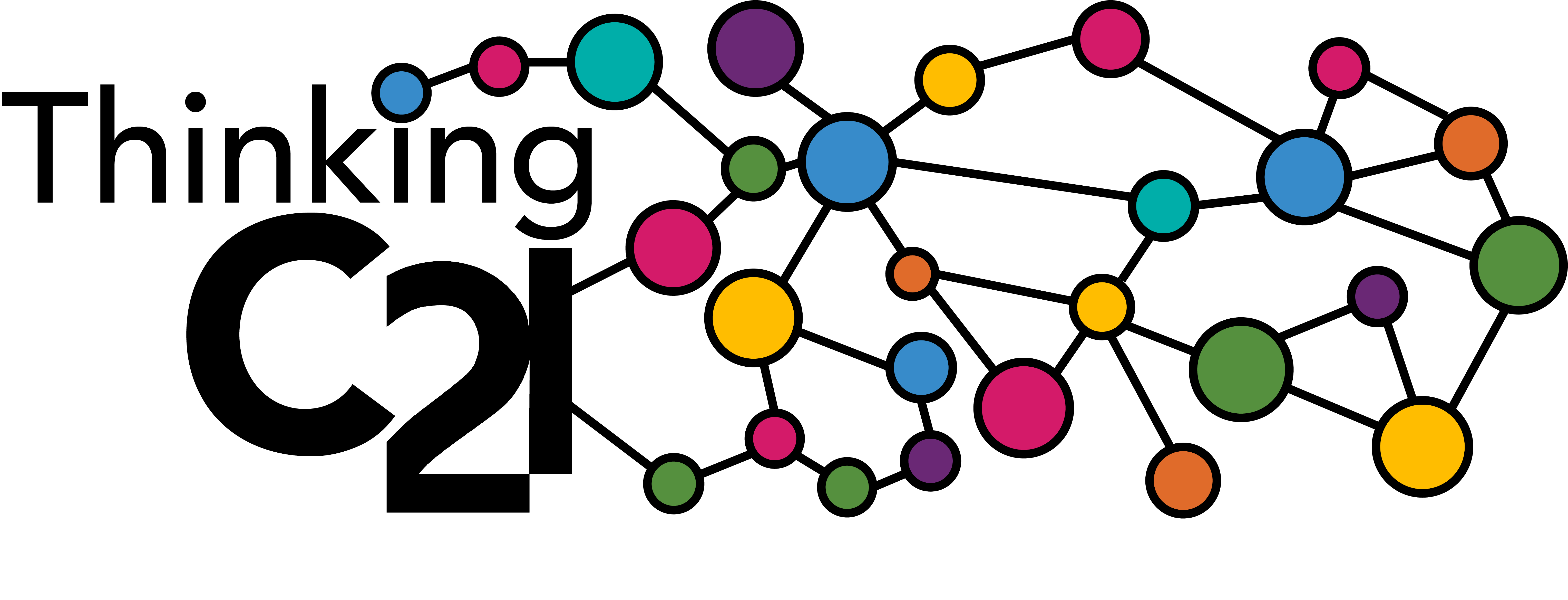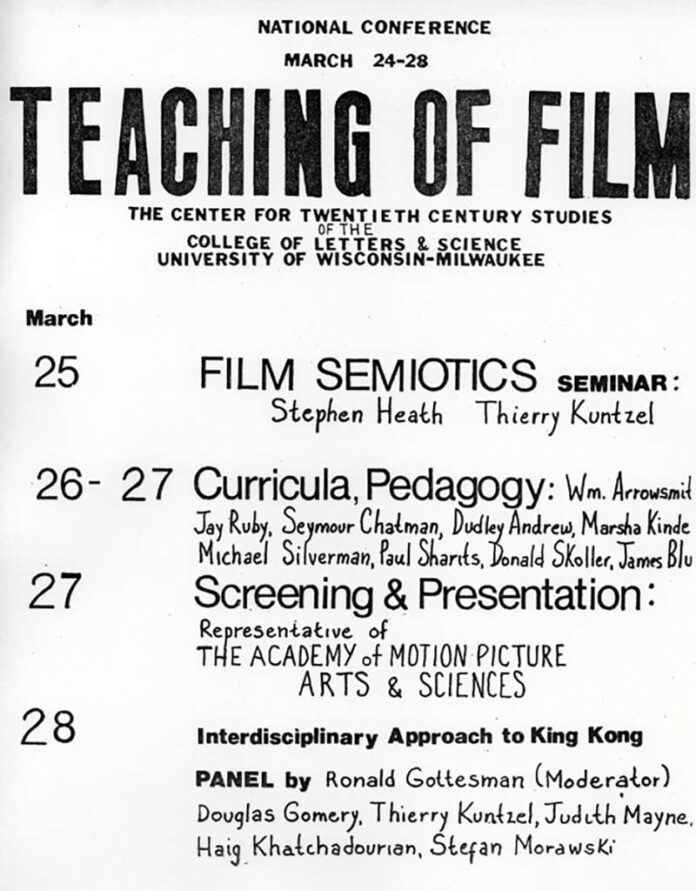By Erica Phillips
Like many graduate students studying social anthropology, my CV looms over my head like a rain cloud over a family barbeque. Thinking about my CV can turn a good day into a miserable storm. My publications section is empty and the skills I developed from my lengthy tenure as a bartender don’t translate well to an academic context. Sure, I can make ten brandy old fashioned sweets in less than three minutes while laughing at bad jokes from patrons, but there is no category on a CV that could accommodate this vital Wisconsin skill. It was with the desire to beef up my CV and get some practical experience within my field that I applied to a summer curatorial fellowship with the Center for 21st Century Studies (C21). It was a paid curatorial position, a white whale for a generation never promised work in their field. On a rainy Tuesday, I got an email saying I was selected for the six-week-long fellowship. I told others in my museum studies cohort about the fellowship, as my program has an internship requirement. Securing a funded position was worthwhile news to share with my friends.
Yet questions abounded. What does the Center for 21st Century Studies do? What does it mean? Aren’t most of us studying the 21st century? Embarrassingly, I didn’t have a proper answer for my peers. I knew I was going to work on a small gallery style exhibit. I also knew that C21 was hoping to draw attention to campus galleries through a digital humanities web page. Beyond that, C21 was shrouded in mystery. Nicole (she/her) and Anne (she/her), the Deputy Director and Director respectively, are aware of how enigmaticC21’s position is on campus. In the first fellow meeting Nicole described the Center and fellowship funding streams to the four summer fellows. She explained that the Center is always working “toward the goals of transparency, visibility, and accessibility of resources in the arts and humanities at UWM.”
Supporting arts and humanities through interdisciplinary collaboration became the theme of my brief curatorial projects for C21. Using conference and symposium posters from C21’s fifty-plus year history, I worked to display the unique intellectual accomplishments at our public university. I spent the first few days of the fellowship getting a grasp on what the Center does for the humanities. I discovered that C21 is a canonized hub of humanities centered research. Did you know that in 1977 Victor Turner visited the center and gave a talk on drama as public liminality? In 1985, Donna Haraway gave a lecture, and in 2018 she returned with Anna Tsing. Ira Wood gave a reading in the 1993s, and in 2003 Tony Bennet, a museum professional whose works are foundational texts in my museum classes, was a keynote speaker at a C21 symposium. I was quite literally gob smacked over the plethora of names I recognized from the many theory classes taken while earning my master’s degree. In addition to these famous scholars, I found the names of my professors and mentors amongst the archival materials I utilized for the exhibit. Every professor I’ve worked with conducted research sponsored by C21. Why aren’t my professors talking about this? Why don’t my peers know about the Center’s resources, their connection to this rich academic history? Why don’t my professors mention that Victor Turner came to UWM while we are reading Liminality and Communitas?
There are probably countless reasons why C21 and its history aren’t discussed in UWM’s classrooms. The pandemic, the need to get through assigned texts, lack of awareness, and lack of enthusiasm from students are but a few. Perhaps it is a result of institutional structure. UW-Milwaukee, like many other academic and cultural institutions, is siloed. It often feels like each department is its own entity, divorced from the campus community at large. Everything from funding to admissions is affected by this siloing. Knowledge isn’t readily shared, and, in some cases, it’s not even recorded.
Anne and Nicole are actively trying to change this. The fellowship itself was an intervention, working to make C21 a more accessible and visible place on campus. Now, when you walk through the Center hallways, C21’s vibrant history is on display, connecting current faculty and students to the academic legacy they are now a part of. Kayla (they/them), the library fellow, decluttered and reorganized the C21 library. Now, the library focuses on work done by the Center and Center fellows. The archival fellow, Eli (he/him), decided to share C21’s archival materials (including the only complete collection of Discourse: A Journal for Theoretical Studies in Media and Culture) with UWM’s special collections, making the work done at the Center available to researchers at large. The other curatorial fellow, Syd (she/her), spent her time connecting UWM’s art collection to the UWM library system. The resources given by C21 like funding and community connections helped to create a bridge between campus gallery spaces. Through the summer fellowship, C21’s decades long goal to create foster interdisciplinary connections was made real for gallery spaces on campus.
I entered the summer fellowship thrilled to have something to add to my CV but confused by the work conducted by the Center for 21st Century Studies. Throughout my curatorial work with the Center’s archival materials, I found a personal connection to other learners and researchers. Life in the university setting is isolating. We research, read, and write almost entirely alone. This lonely methodology limits the potential of research questions. Interdisciplinary work, like the work done through C21, opens research up to new possibilities by initiating conversations among disciplines. I’ve left C21 with a greater appreciation for what can be accomplished through collaboration. I feel connected to an impressive lineage of thinkers, and now partnership is central to my research philosophy.





